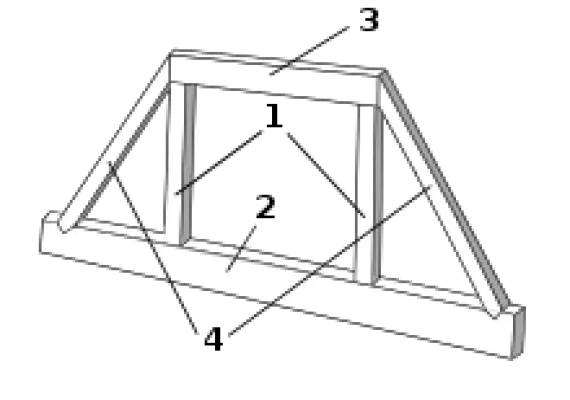Advantages And Disadvantages Of Moment Resisting Frames
Advantages And Disadvantages Of Moment Resisting Frames
What is Moment Resisting Frames?
Moment Resisting Frames are structural frames that resist forces caused by moment or torsion. These types of frames are normally constructed from steel, timber or reinforced concrete and work as a form of support for any structure.
They consist of columns and beams that are tied to each other with connection elements such as bolts or welding, limiting the deflection and rotation of the frame due to external forces like wind, seismic activity and more.
Moment-resisting frames provide efficient resisting capabilities due to their flexibility in design yet have high strength against forces such as shear, torsion and axial stresses.
Moment resisting frames can handle heavier loads than other structures and can resist lateral forces more effectively than shear walls or braced frames making them ideal for skyscrapers, long-span buildings and tall structures.
Advantages of moment resisting frames:
1. High strength and stiffness: Moment resisting frames are designed to resist large bending moments caused by lateral loads, such as wind and earthquakes. They have high strength and stiffness, which allows them to withstand these loads well.
2. Good seismic performance: Because of their high strength and stiffness, moment resisting frames have good seismic performance. They are able to dissipate the energy of an earthquake, reducing the amount of damage to the building.
3. Easy to construct: Moment resisting frames are relatively simple to construct, as they do not require complex connections or special fabrication. This can reduce construction costs and time.
4. Flexibility in design: Moment resisting frames can be designed in a variety of ways, allowing for flexibility in architectural and aesthetic design.
Disadvantages of moment resisting frames:
1. High cost: Moment resisting frames are relatively expensive to construct, as they require high-strength materials such as steel or reinforced concrete.
2. Large deformations: Moment resisting frames can undergo large deformations during an earthquake, which can lead to damage to non-structural elements such as walls, ceilings, and finishes.
3. Greater structural depth: Moment resisting frames are typically deeper than other structural systems, which can take up more space and limit the amount of usable floor area.
4. Maintenance: Moment resisting frames are complex structures that require regular maintenance, which can be costly and time-consuming.
5. Difficult retrofitting: retrofitting of existing buildings can be difficult and costly, as the structure must be reinforced without compromising the integrity of the building.

